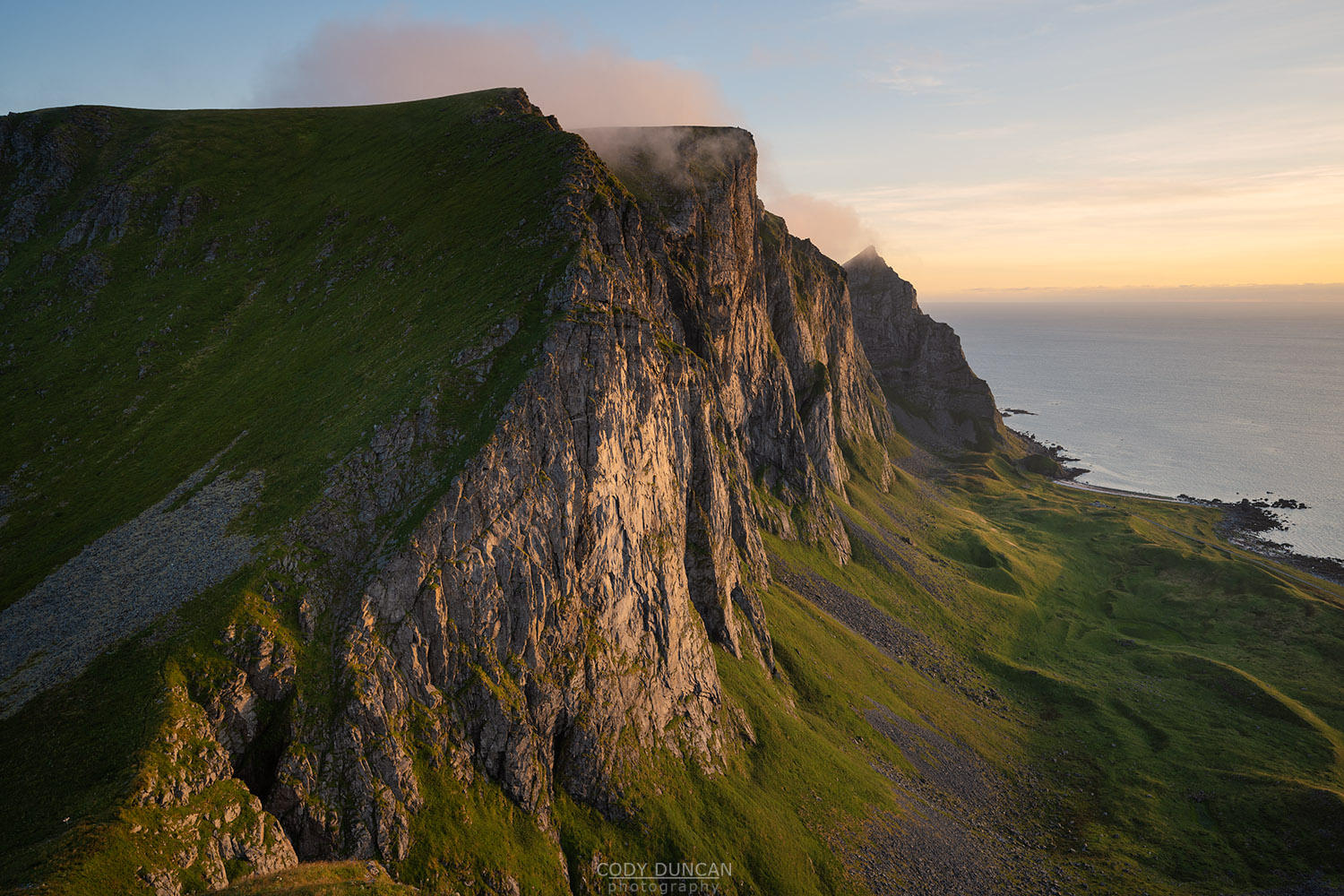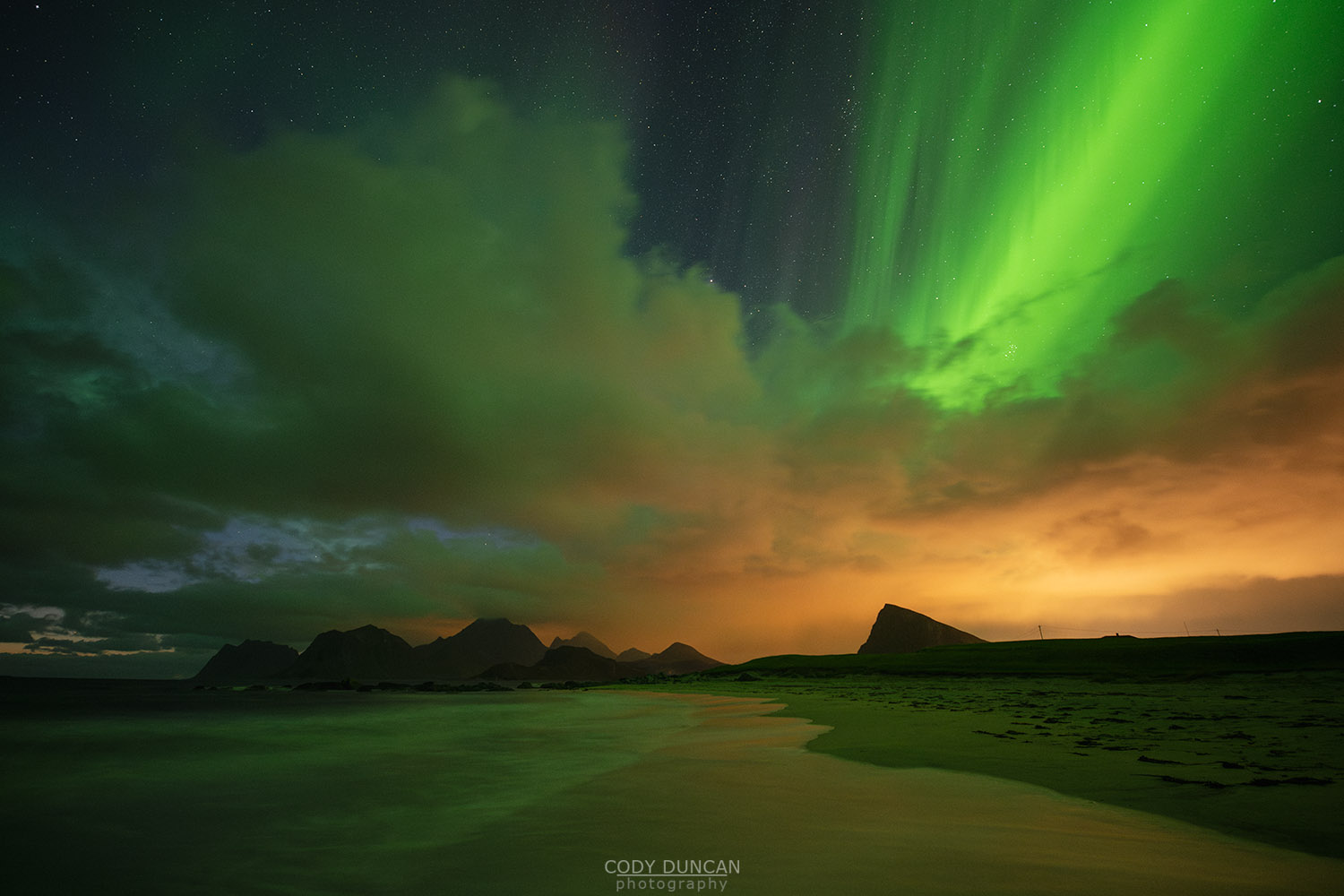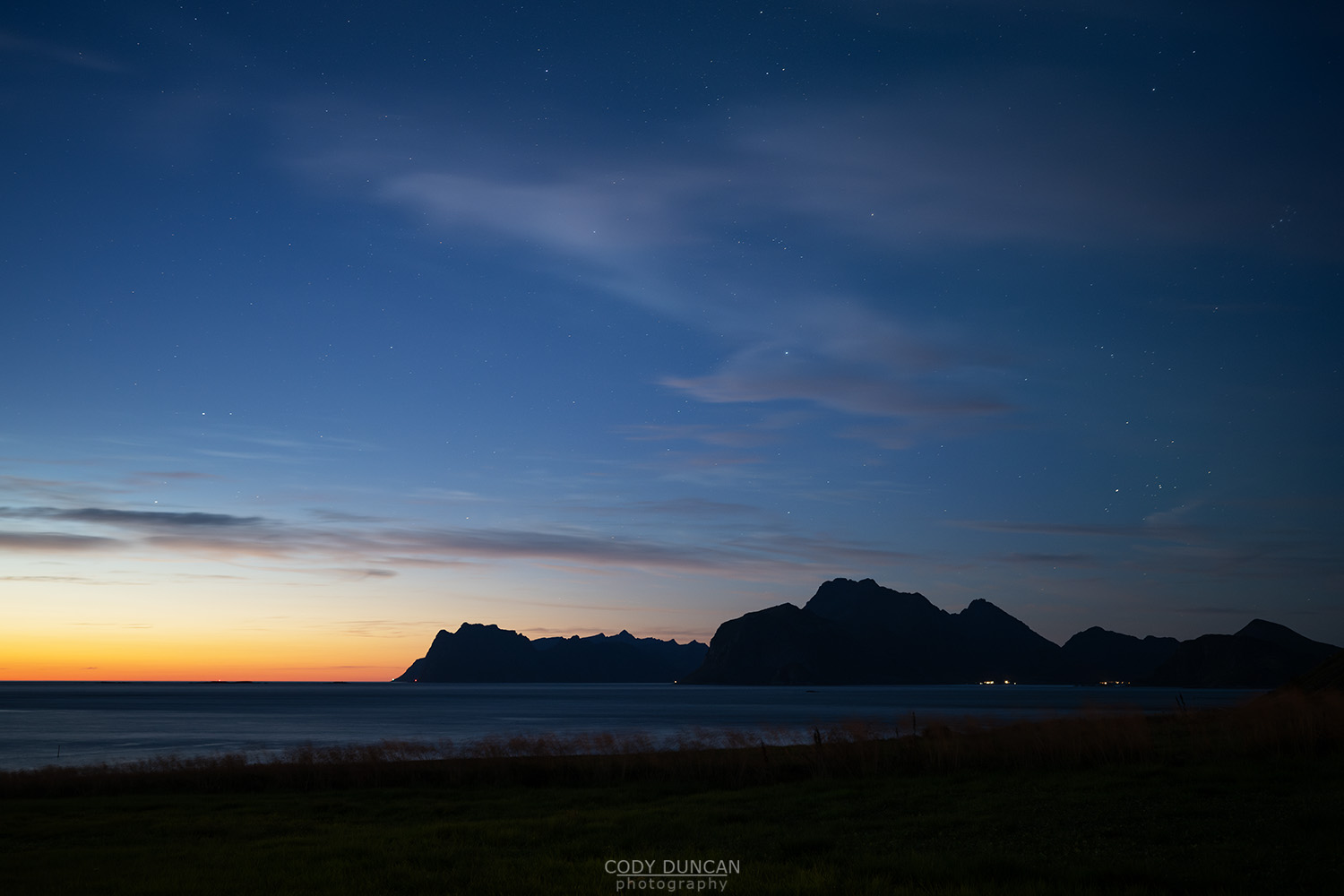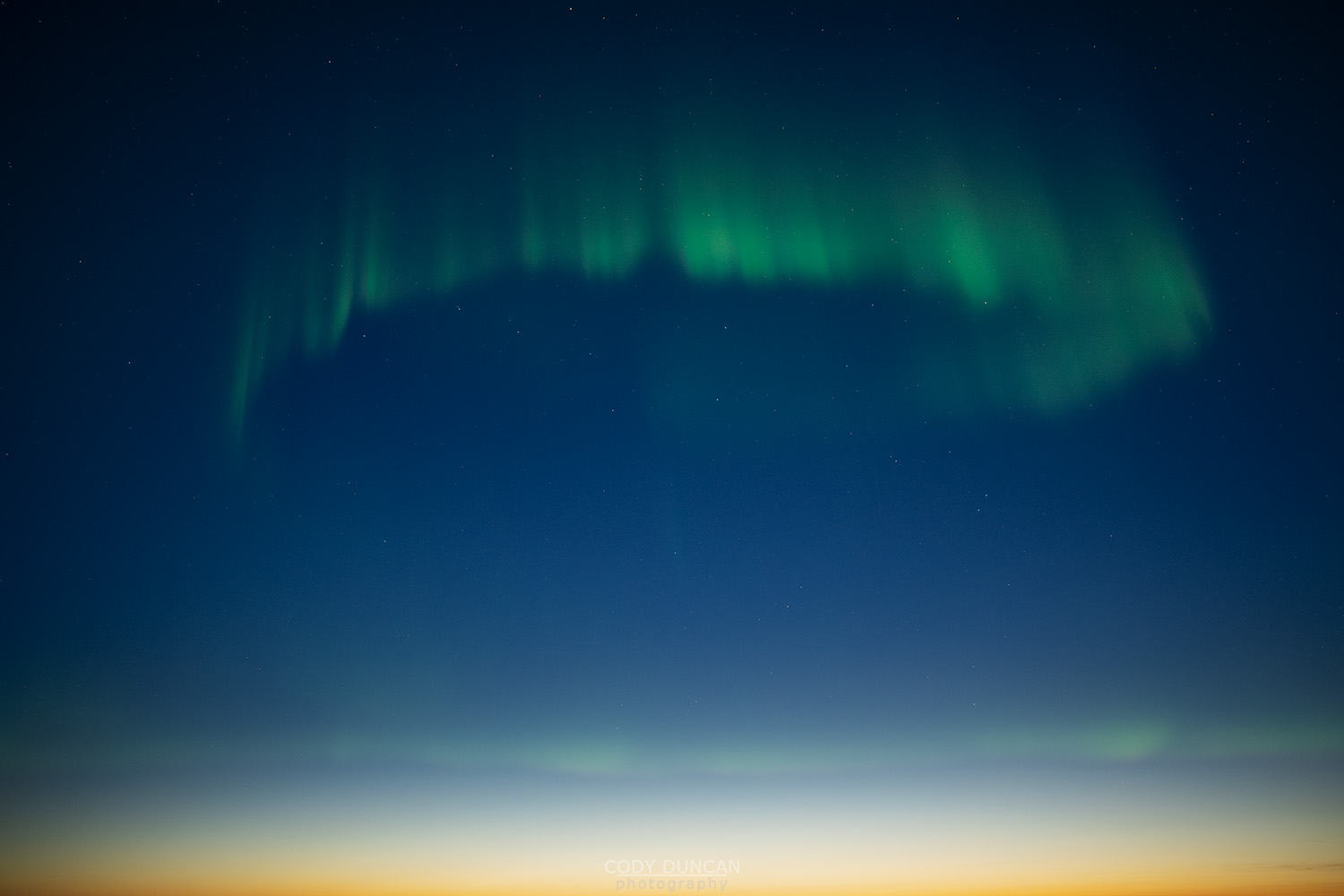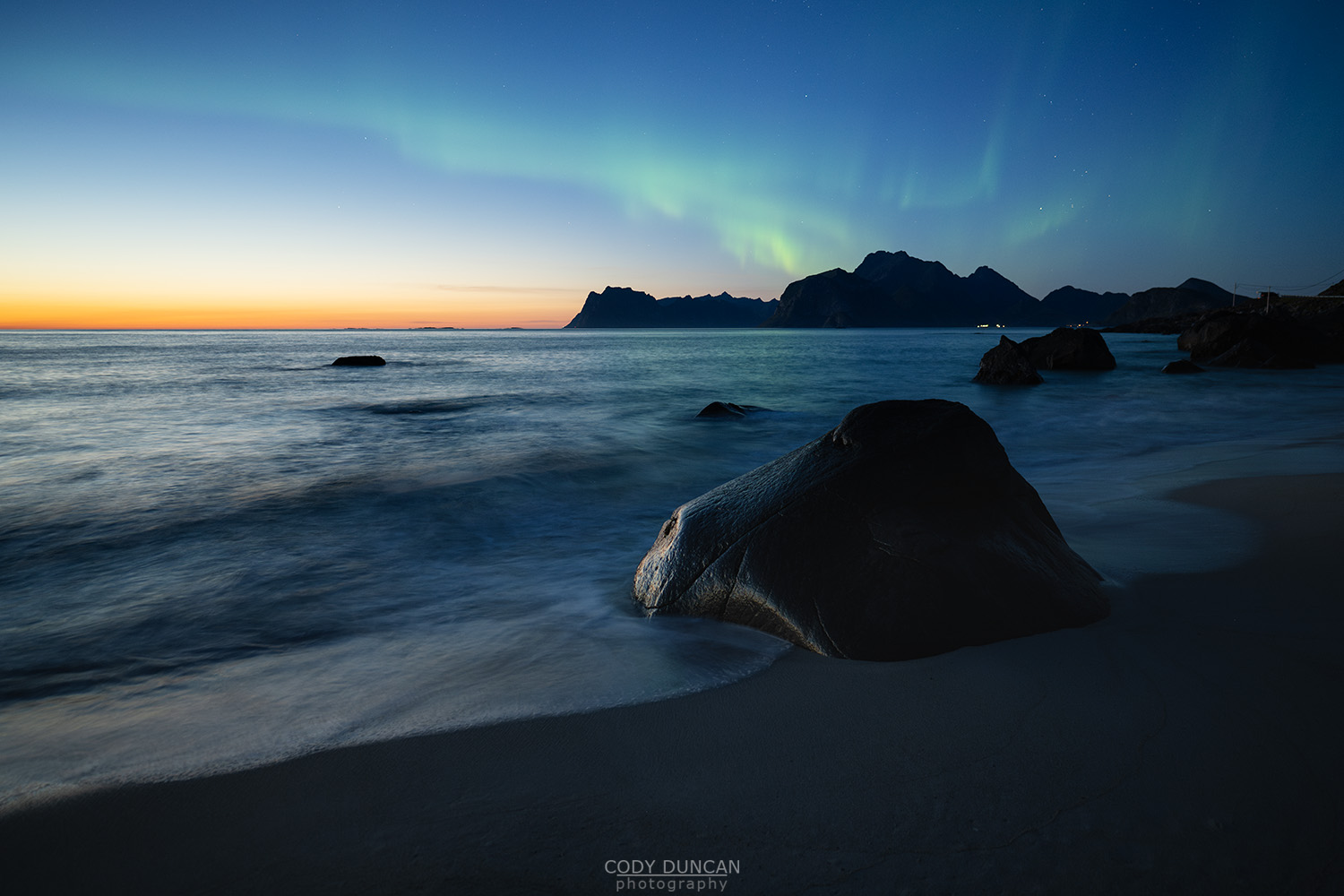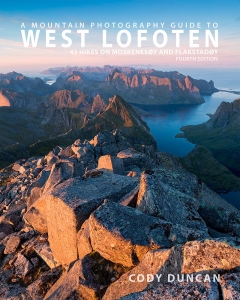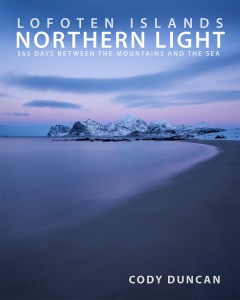Friday Photo #560 – Autumn Storms

Photo: Waves crash over the rocks at Nesland in September autumn storm, Flakstadøy, Lofoten Islands, Norway. September 22, 2021. 15:15
Another storm has passed Lofoten this week with canceled ferries and my house shaking in the wind, making sounds I haven’t heard since the end of winter. It is evident that this year’s warm and dry summer is over and the September storms are making up for lost time and the lack of rain. No one knows what next week will bring, but it looks like there is storm after storm lined up across the north Atlantic, with the eventual destination of the Norwegian coast and Lofoten. Earlier in the month I had been over in Sweden for my usual autumn hiking, but even the wet weather reached across the border so I gave up my plans after just 40km – no point walking in the rain with a heavy backpack for 2 weeks if I can’t even see the mountain tops. I flew south to Spain instead.
As stormy as the sea in Lofoten often is, one thing the landscape here is missing is a good set of sea cliffs. Cliffs where the winter swells pound into a wall of rock, sending the sea high into the air – and often completely soaking my if I’m out photographing. Scotland, or even Spain is better for this, and I have much more impressive stormy seascape images from these countries. On Lofoten, the coastline is slightly sloping for the most part – at least the easily accessible areas. And so while there are plenty of days where the waves are crashing over the rocks and high up the shoreline, it doesn’t quite have the same dramatic affect of a huge open ocean swell running into a vertical wall of rock. But I guess one location can’t have everything!
If you are traveling to Lofoten from now until the springtime, it is always a good idea to check the weather on any travel days, as ferries, planes, buses, bridges, and roads can be canceled or closed whenever the wind blows a little too much.
For more information on road safety, you can see my article: Winter Driving
Head over to my Instagram account for (almost) daily postings of the local conditions here on Lofoten: @distant.north
Camera Info:
Nikon Z7 II
Nikon 24-200 f/4-6.3
27mm
ISO 31
f 14
1 Second
WB Daylight

